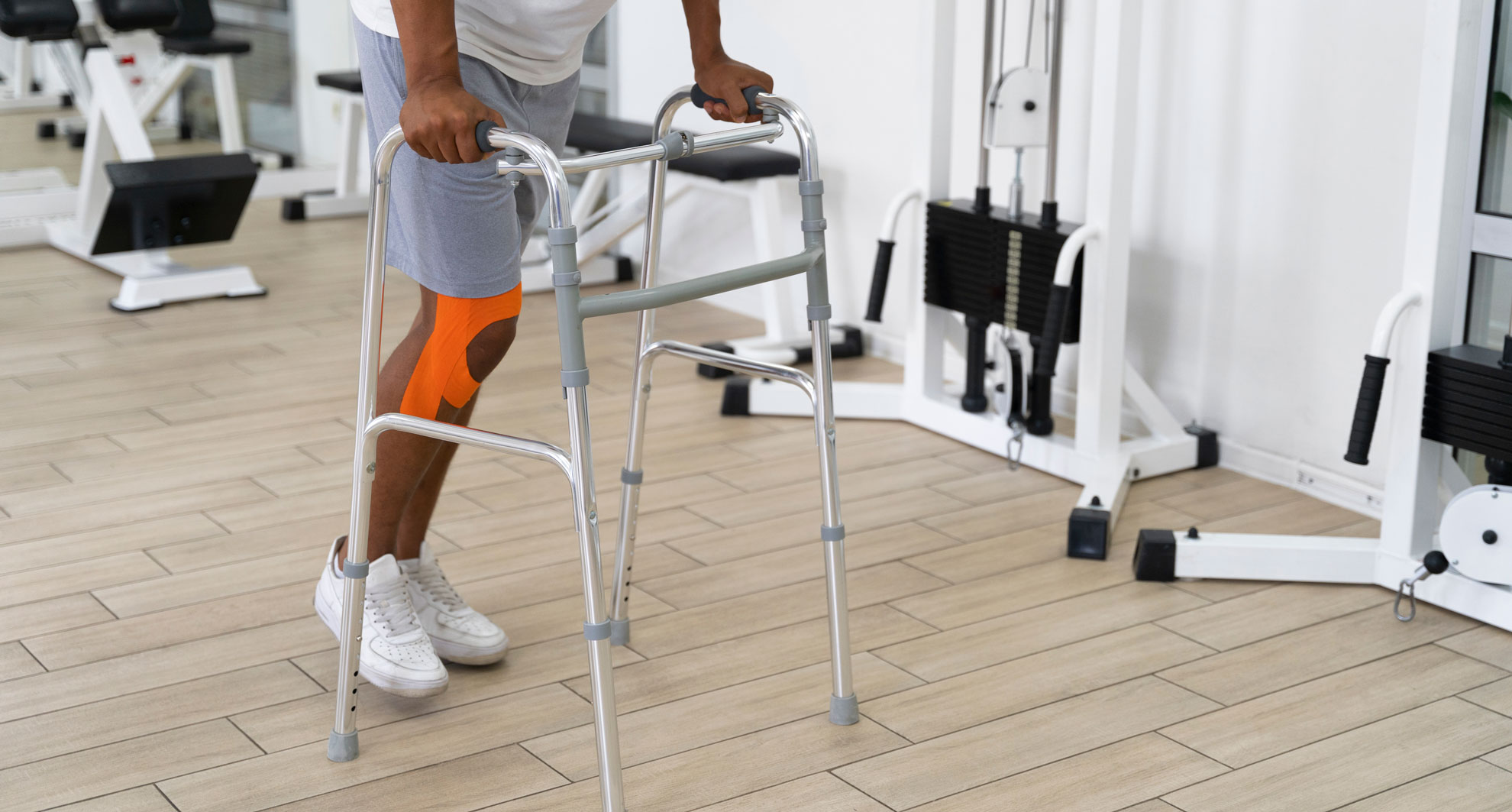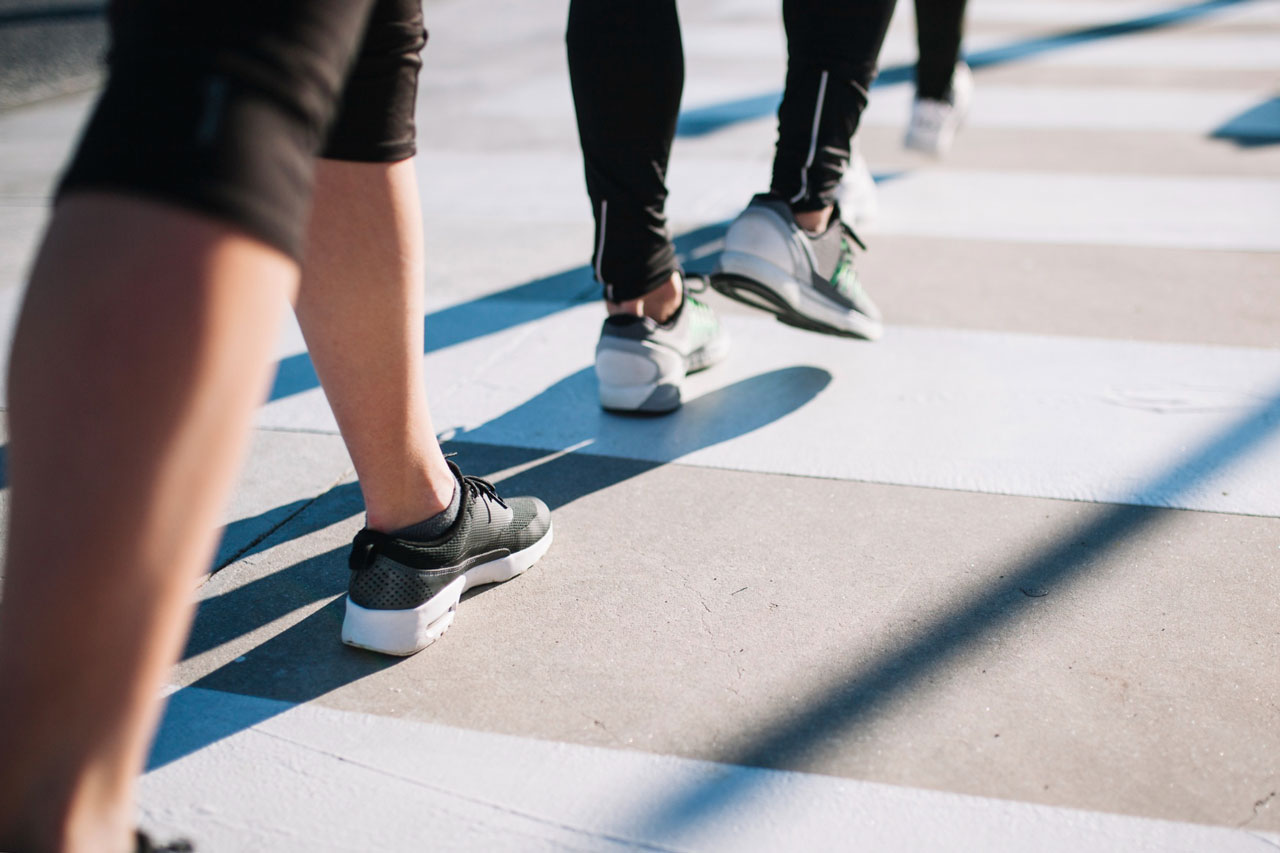
Introduction
Imagine watching someone walk and being able to tell if they've had a hip replacement, suffer from arthritis, or are recovering from a knee injury. Sounds like science fiction? It's not—it's science fact, thanks to gait analysis.
Gait analysis is like a movement "X-ray"—a high-tech way to study how we walk. And today, it's becoming a powerful tool for doctors and surgeons to objectively track orthopedic conditions and how well patients recover after surgery.
Let's break it down in a way that's simple, insightful, and maybe even a little surprising.

What Is Gait Analysis?
Gait analysis measures the way we walk using sensors, cameras, and sometimes treadmills. Think of it as motion capture for medicine. It turns every step you take into data that can reveal problems deep inside your joints or muscles—things even the most trained eyes might miss.
Doctors use this data to spot abnormalities, compare it to healthy patterns, and monitor progress after treatments or surgeries.
Why It Matters: From Guesswork to Data-Driven Care
Until recently, doctors had to rely mostly on what patients said about their pain or how they felt during movement. But feelings are subjective. Two people could have the same injury but describe it very differently.
That's where gait analysis shines. It offers objective, measurable data. Numbers don't lie. And when it comes to diagnosing problems or tracking recovery, this technology adds real precision.
Spotting Hidden Clues in Orthopedic Conditions
Orthopedic issues like osteoarthritis, hip or knee problems, or childhood conditions like bowed legs (genua valga) often change the way people walk—sometimes subtly.
With gait analysis, doctors can detect:
• Joint stiffness or unusual force on the knees or hips.
• Balance issues, especially in elderly patients with ankle arthritis.
• Changes in movement related to pain levels, even when a patient isn't saying much.
For example, someone with knee osteoarthritis might walk slower or put more pressure on one leg. Gait analysis can spot this, helping tailor treatment plans that actually work.

A Game Changer for Surgery Recovery
Surgery is just the first step. The real question is: Did it work?
Gait analysis is now being used to track recovery after surgeries like:
• Total Hip Arthroplasty (THA) – It shows how well patients regain natural walking patterns and can even predict how well they'll function a year later.
• ACL Reconstruction – It helps spot knee imbalances that might cause problems later, even if strength has returned.
• Total Knee and Ankle Replacements – It reveals improvements and ongoing asymmetries that might need more rehab.
• Hip Fracture Repair – It tracks gains in walking speed and balance, especially in older adults.
This data helps doctors know when to push harder, when to change therapy, or when to celebrate recovery milestones.

The Science Behind the Stride
What exactly do they measure during a gait test? Things like:
• Walking speed
• How far each step is
• Force hitting the ground
• Hip and knee angles during movement
Special indexes like the Cardiff Classifier summarize all this into a single score that shows overall gait function. That means doctors get a quick snapshot of how well someone is doing post-surgery.
The Future Is Moving—Literally
Gait analysis is becoming more common in top orthopedic clinics and rehab centers around the world. Some systems even use wearable sensors, making it easier to track movement in real life—not just in labs.
And as AI gets better at interpreting motion data, expect even more accurate predictions and personalized treatment plans.
Conclusion: Walking Into a Better Future
From diagnosing joint problems early to tracking surgical recovery, gait analysis is proving that how we move can reveal a lot about our health.
If you're dealing with an orthopedic issue or planning surgery, ask your provider about gait analysis. It's not just about watching how you walk—it's about making sure every step you take is a step toward better health.
References:
Madsen, M. S., Ritter, M. A., Morris, H. H., Meding, J. B., Berend, M. E., Faris, P. M., & Vardaxis, V. G. (2004). The effect of total hip arthroplasty surgical approach on gait. Journal of Orthopaedic Research, 22(1), 44–50.
https://doi.org/10.1016/S0736-0266(03)00151-7
| All Rights Reserved | FlexiTrace Developers LTD